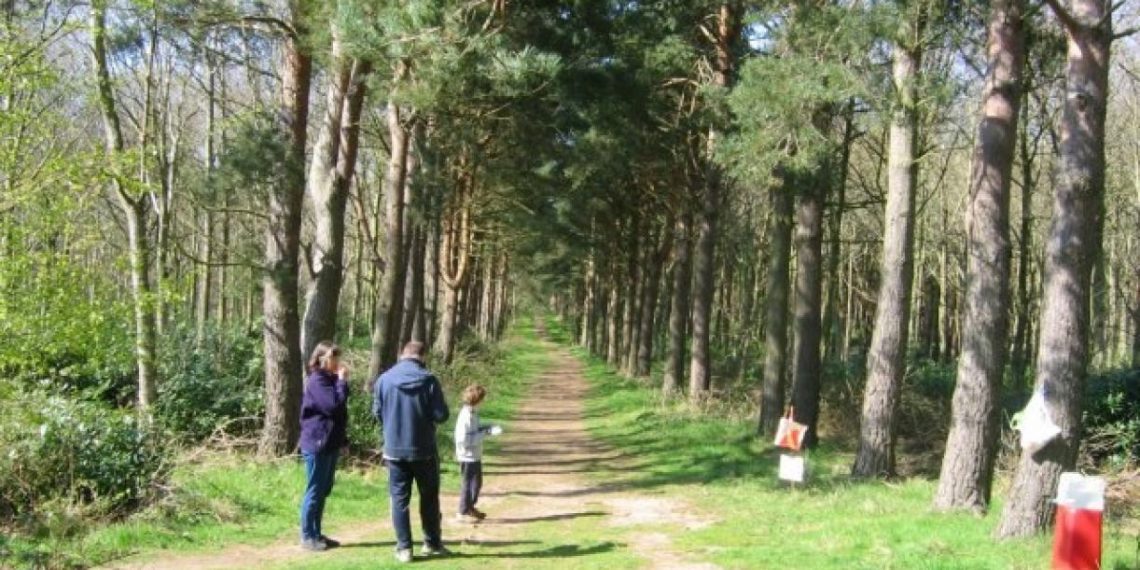Global geospatial data can be fantastic for monitoring big-scale trends. But sometimes it can be challenging to fit global data into a local context, which is key to transforming data into actionable information. WRI’s Data Lab built the Mapbuilder tool, which allows users to create interactive maps combining curated, timely, trusted global data with the user’s local data, resulting in a custom application that can then be shared and used to drive action.
In its first iteration, MapBuilder gave users access to the extensive global forest data from Global Forest Watch. After getting feedback from the users of MapBuilder and other WRI platforms and tools, we have now updated the tool to include more data and make it easier to use. The new, expanded beta version of MapBuilder is now available.
More Data Available
Since its launch in 2016, MapBuilder has been used by nonprofits, civil society organizations, academic organizations, national governments and others who need GFW’s key forest monitoring data sets alongside custom data sets from users. This resulted in several impactful outcomes, such as providing transparency on previously unpublished data and documents. The tool also shed light on overlapping land use permits or unlawful permits, as well as new understanding on where forest loss is occurring illegally in protected areas or parks, and where it is occurring legally, such as in logging concessions.
Throughout the years and with a growing user base, there was an opportunity to expand MapBuilder. Increasingly, users raised the need to access other kinds of data in addition to forests. Alongside GFW, WRI manages Resource Watch, an open data platform that hosts more than 350 curated datasets on various topics such as food, forests, water, energy, climate, cities, ocean and society. Now, the updated version of MapBuilder (still on beta) allows users to access data from both GFW as well as the Resource Watch catalog, unlocking the potential for cross-thematic interactive maps.
With the new beta version MapBuilder, users will be able to access 15 datasets on forest, as well as five key datasets from the Resource Watch catalog:
- Projected change in dry spells
- Monthly nitrogen dioxide concentration
- Wind speed potential
- Carbon flux
- Land cover
These datasets were selected for their relevance in relation to the forest datasets already available on MapBuilder. We are continuing to add data to MapBuilder, and more datasets will be available in the future.
Using MapBuilder is Now Easier than Ever Before!
In addition to having an improved — and growing— data catalog, the other key enhancement in the new beta version of MapBuilder is its improved usability. Previously, users had to edit JSON code to customize their MapBuilder interactive map. In order to make access easier, we designed a new workflow where users can use the tool without needing to write or edit code. A new, simple form makes it easy to create your own MapBuilder interactive maps. All you need is a free public ArcGIS account and to follow the detailed step-by-step instructions provided on the new MapBuilder site.
The new beta version of MapBuilder also includes a series of video tutorials for different kinds of users. The tutorials include the detailed step-by-step process for creating a custom map, as well as a guided tour of the tool’s features so users can get the best result based on their needs. There are also tutorials on how to prepare your data before loading it into MapBuilder. The beta version offers multiple resources for advanced users, too.
Now, more people with different levels of mapping experience will be able to use Mapbuilder to unlock the power of geospatial data to create local impact and drive change towards a sustainable world.
Want to learn more about MapBuilder Visit mapbuilder.wri.org or contact us at mapbuilder@wri.org.


